Cats have a mysterious allure that has captivated humans for centuries. But beneath their enigmatic eyes and independent demeanor lies a complex emotional world. The question of whether cats can form trauma bonds with their owners is both intriguing and heartwarming. Imagine a cat, once a stray, now nestled comfortably in a loving home, forming an unbreakable bond with its human savior. Such a scenario tugs at the heartstrings and leads us to explore the depths of feline emotions. Are cats capable of forming trauma bonds, or is this a realm reserved only for humans?
The Nature of Trauma Bonds
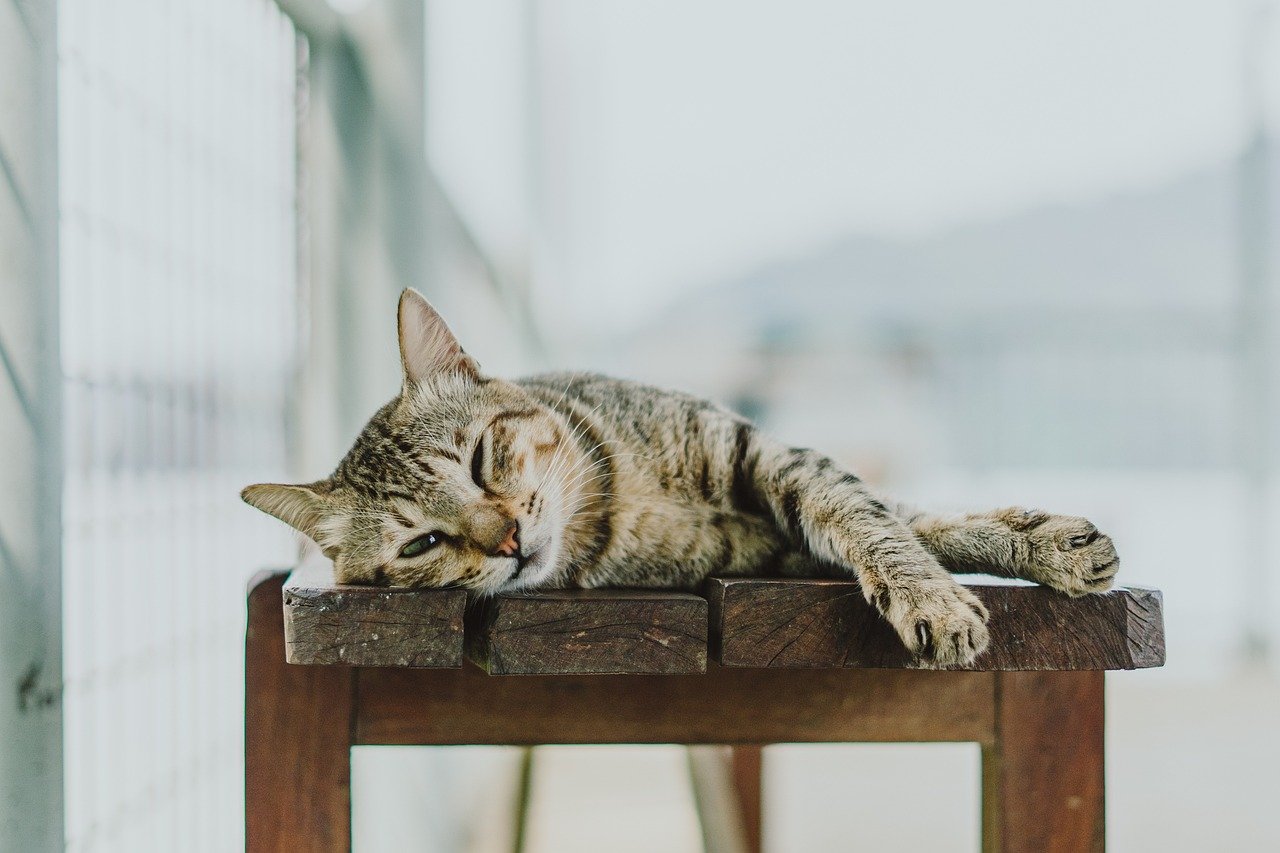
Trauma bonds are emotional connections that arise from shared adverse experiences. In humans, they often develop in situations where individuals endure hardship together, creating a deep sense of reliance and attachment. When we think about cats, it’s essential to consider their past experiences, especially those that involve trauma or neglect. Cats rescued from shelters or abusive environments may form strong bonds with their new owners as a result of the safety and care they receive. This type of connection can be likened to a lifeline, offering both solace and stability.
Understanding Cat Emotions
Cats, much like humans, experience a wide spectrum of emotions. While they may not express their feelings as openly as dogs, their emotions are no less complex. Cats can feel joy, fear, anxiety, and even grief. A cat’s ability to form emotional bonds is evident in their behavior; they may follow their owner around the house, seek comfort in their presence, or show signs of distress when separated. Understanding these emotions is crucial in recognizing the potential for trauma bonds to form between cats and their owners.
Signs of a Trauma Bond in Cats

Identifying a trauma bond in cats involves observing specific behaviors. Cats that have formed such bonds may exhibit heightened attachment to their owners. They might follow their human companions from room to room, vocalize excessively when separated, or display signs of anxiety when left alone. Additionally, these cats often seek physical closeness, such as sleeping on their owner’s lap or cuddling in bed. These behaviors indicate a deep-seated trust and reliance on their human, often stemming from past traumatic experiences.
The Role of Trust in Cat-Human Relationships
Trust is a fundamental component of any relationship, and the bond between cats and their owners is no exception. Cats that have experienced trauma may initially be wary or fearful, but with time and patience, they can learn to trust again. Building trust with a traumatized cat requires consistency, gentle handling, and understanding. When trust is established, it paves the way for a deeper emotional connection, allowing the cat to form a trauma bond with its owner.
How Cats Communicate Their Bonds
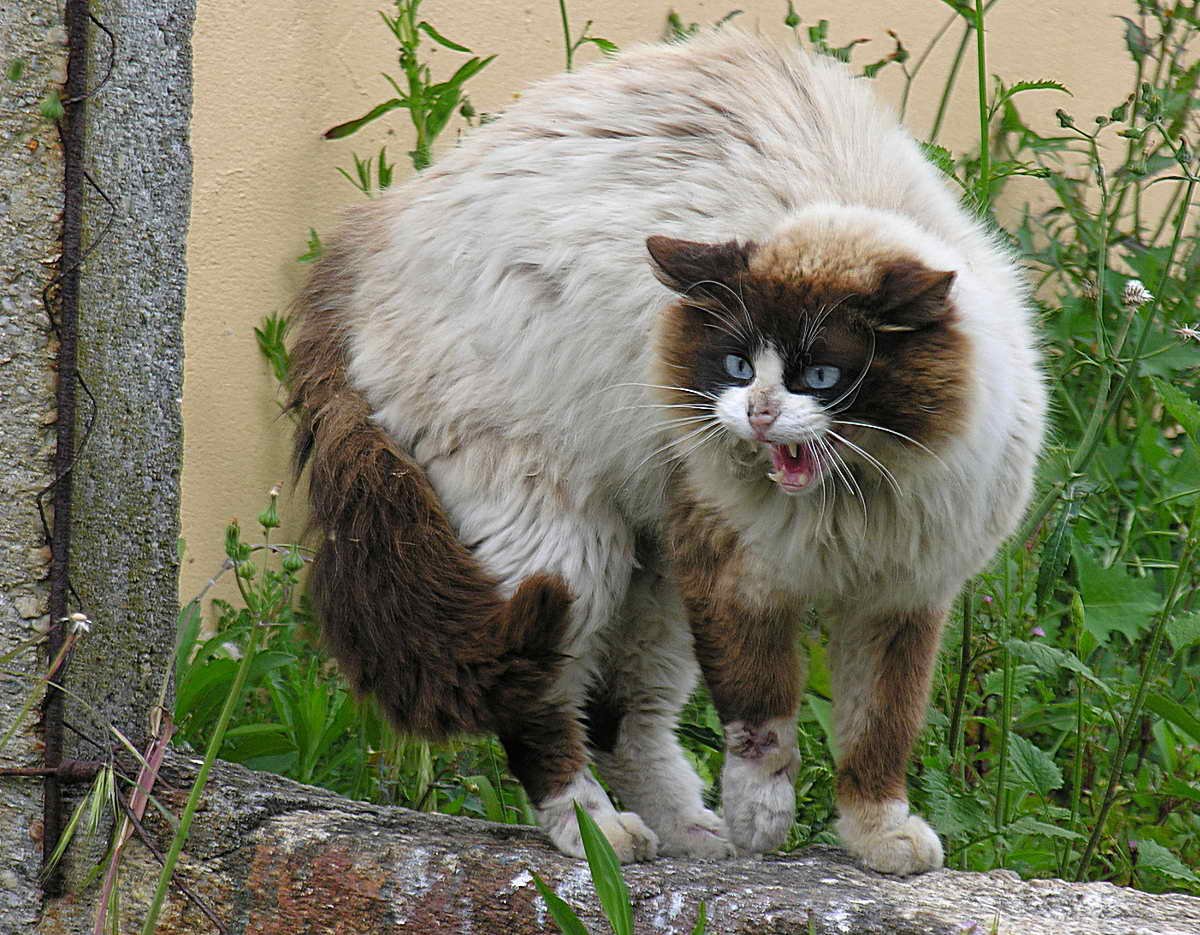
Cats are masters of subtle communication. They may not wag their tails with excitement like dogs, but they have their own ways of expressing affection. Purring, kneading, and slow blinking are just a few methods cats use to convey their feelings. A cat that has formed a trauma bond may also engage in grooming behaviors, such as licking their owner’s hand or face. These actions are not only signs of affection but also demonstrate the cat’s trust and attachment.
The Impact of Early Experiences
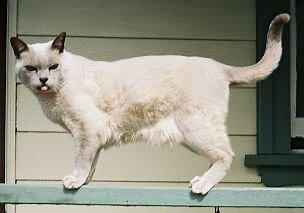
A cat’s early experiences play a significant role in shaping their behavior and emotional responses. Kittens that are socialized and exposed to positive interactions with humans are more likely to develop healthy bonds. Conversely, those that face neglect or abuse may struggle with trust issues. However, even cats with difficult pasts can learn to form trauma bonds with patient and loving owners. The key lies in providing a stable and nurturing environment.
Rescue Cats and Trauma Bonds
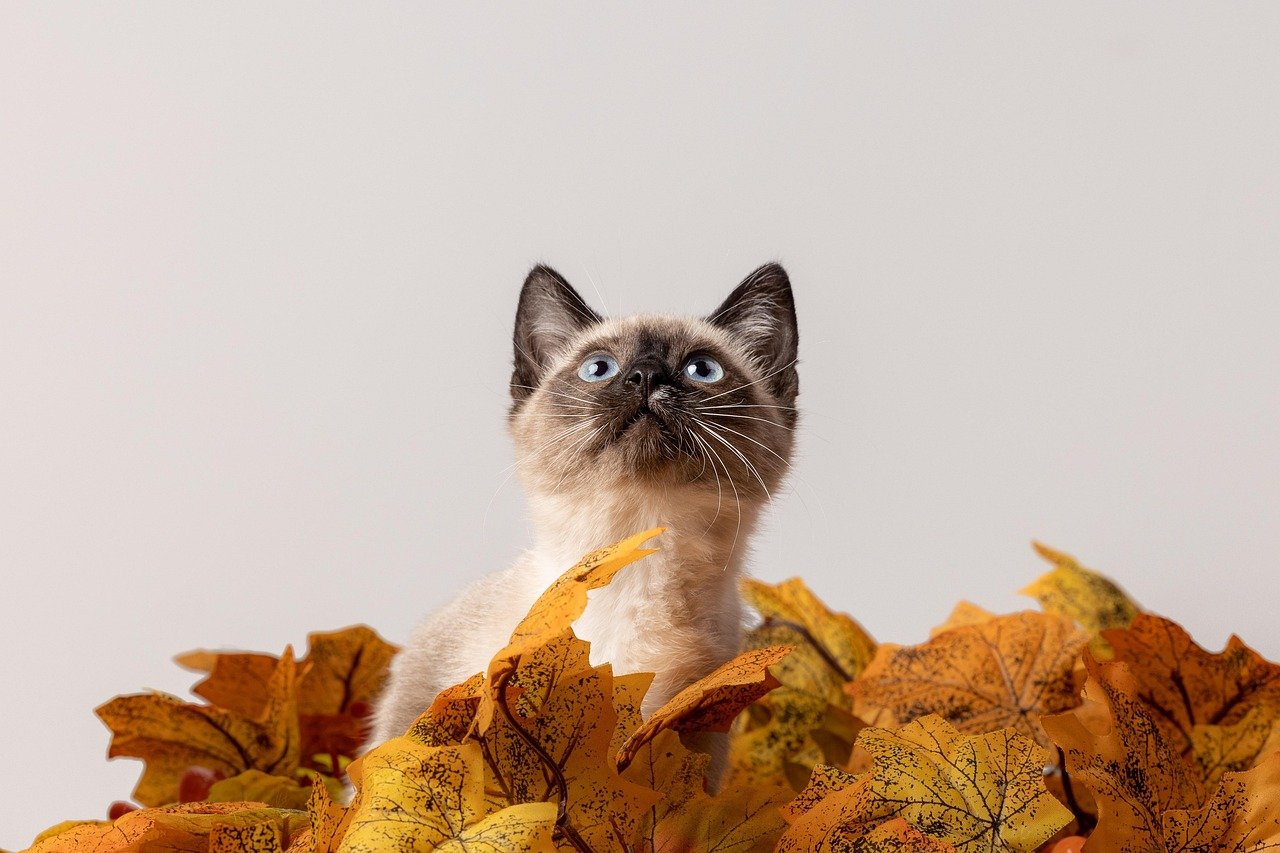
Rescue cats often come from challenging backgrounds, making them prime candidates for forming trauma bonds. These cats may have experienced neglect, abandonment, or abuse, leaving them vulnerable and in need of care. When adopted into a loving home, they may develop strong attachments to their new owners as a result of the safety and security they feel. This bond is not only beneficial for the cat but also deeply rewarding for the owner, fostering a sense of mutual healing.
The Healing Power of Love
Love has the remarkable ability to heal emotional wounds, and this is true for both humans and cats. Cats that have endured trauma may find solace in the affection and care provided by their owners. This love acts as a balm, soothing their fears and anxieties. Over time, the cat’s trust and attachment grow, resulting in a profound trauma bond. This connection is a testament to the transformative power of love and the resilience of the feline spirit.
Challenges in Forming Trauma Bonds
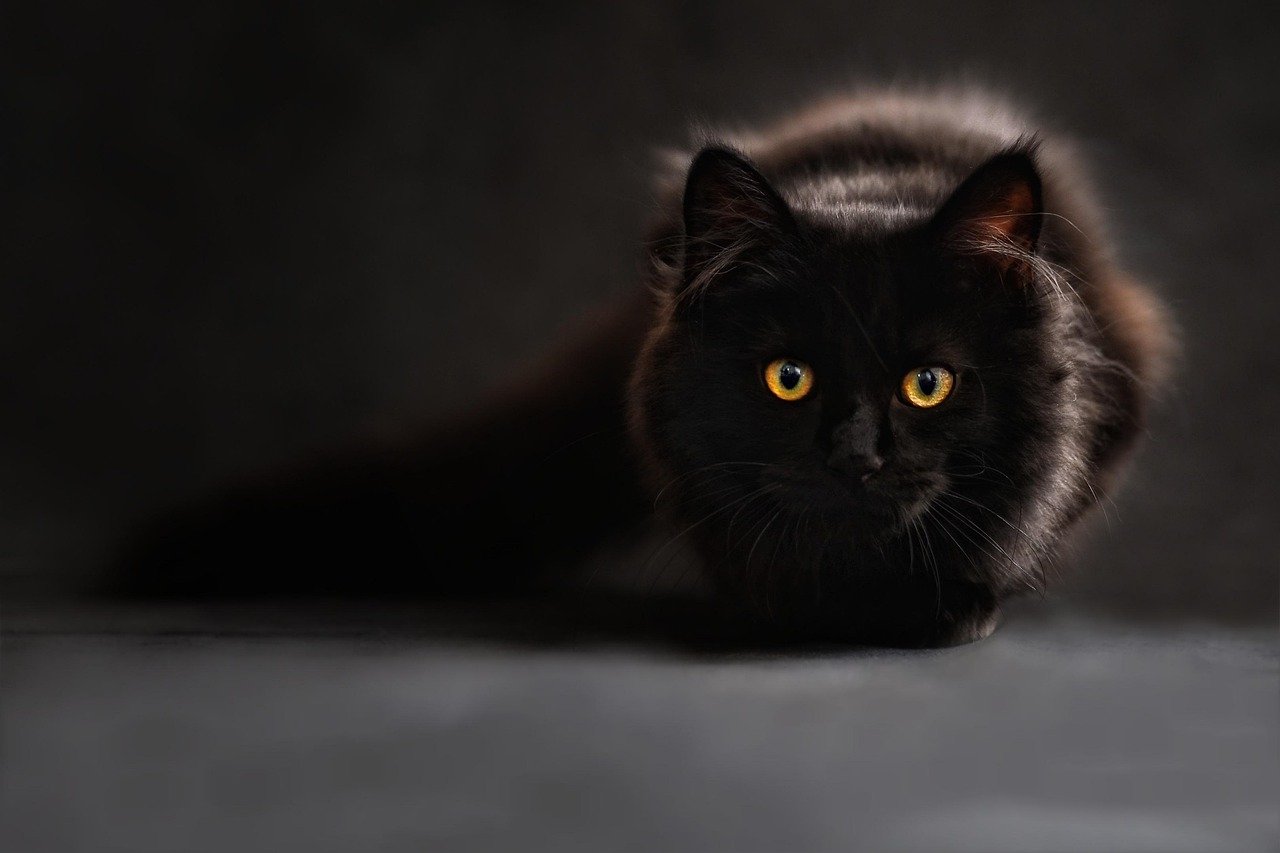
Forming a trauma bond with a cat is not always a straightforward process. It requires patience, understanding, and a willingness to meet the cat’s needs. Some cats may take longer to warm up to their owners, especially if they have a history of abuse or neglect. It’s essential to respect the cat’s boundaries and allow them to initiate interactions at their own pace. Building a trauma bond is a journey, but the rewards are immeasurable.
The Role of Environment in Bonding
The environment in which a cat lives plays a crucial role in their ability to form trauma bonds. A safe, quiet, and comfortable home provides the perfect backdrop for building trust and connection. Providing a designated space for the cat, along with toys and enrichment activities, can help them feel secure and content. A positive environment fosters emotional well-being, allowing the cat to open up and form meaningful bonds with their owner.
Understanding Feline Body Language
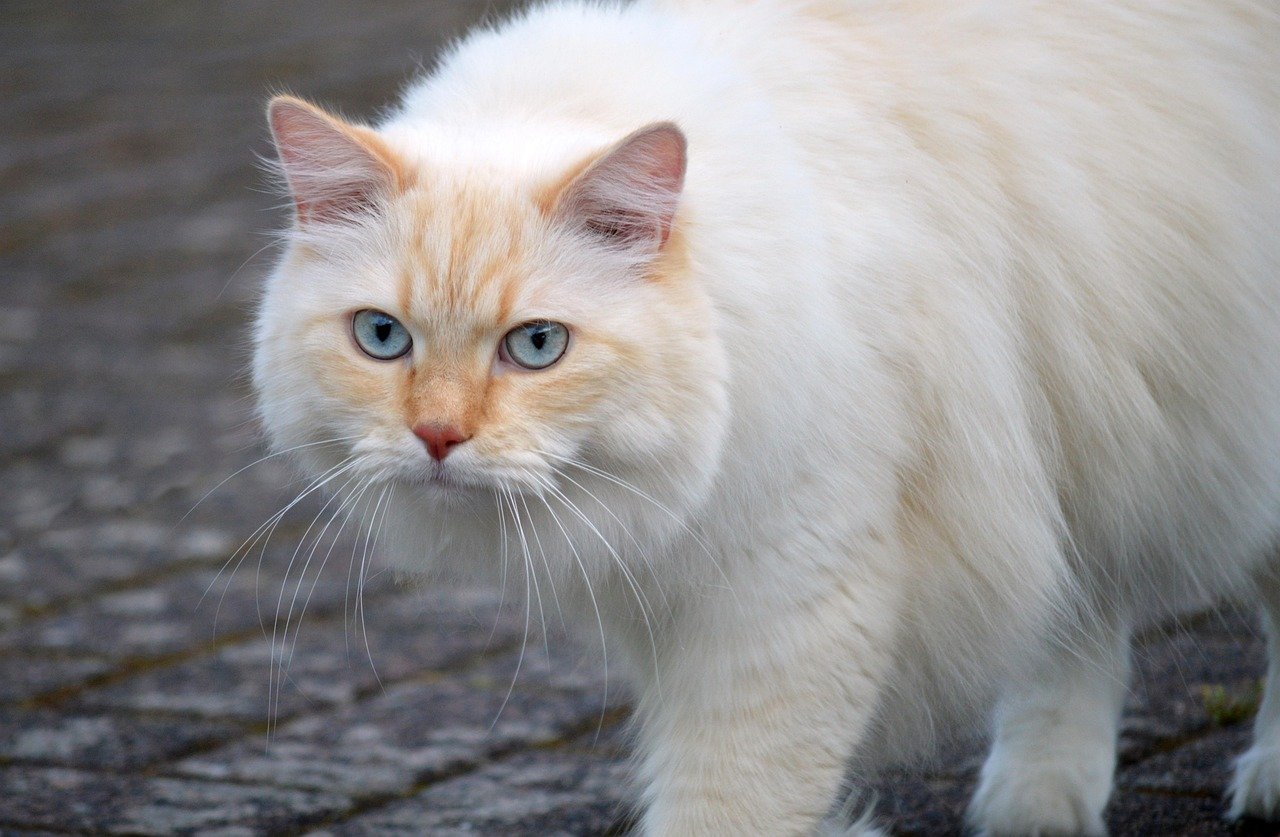
Interpreting a cat’s body language is essential in understanding their emotions and intentions. Cats communicate through a variety of signals, such as tail position, ear movement, and vocalizations. A cat that has formed a trauma bond may display relaxed body language, such as a gently swaying tail or half-closed eyes. Recognizing these cues allows owners to respond appropriately, strengthening the bond and fostering a sense of security.
The Importance of Routine

Routine is vital in helping cats feel secure and confident. Cats thrive on predictability, and a consistent daily schedule can alleviate anxiety and stress. Establishing regular feeding times, play sessions, and quiet moments with their owner creates a sense of stability. This routine not only benefits the cat’s well-being but also reinforces the trauma bond, as the cat learns to rely on their owner for comfort and care.
How Trauma Bonds Benefit Cats
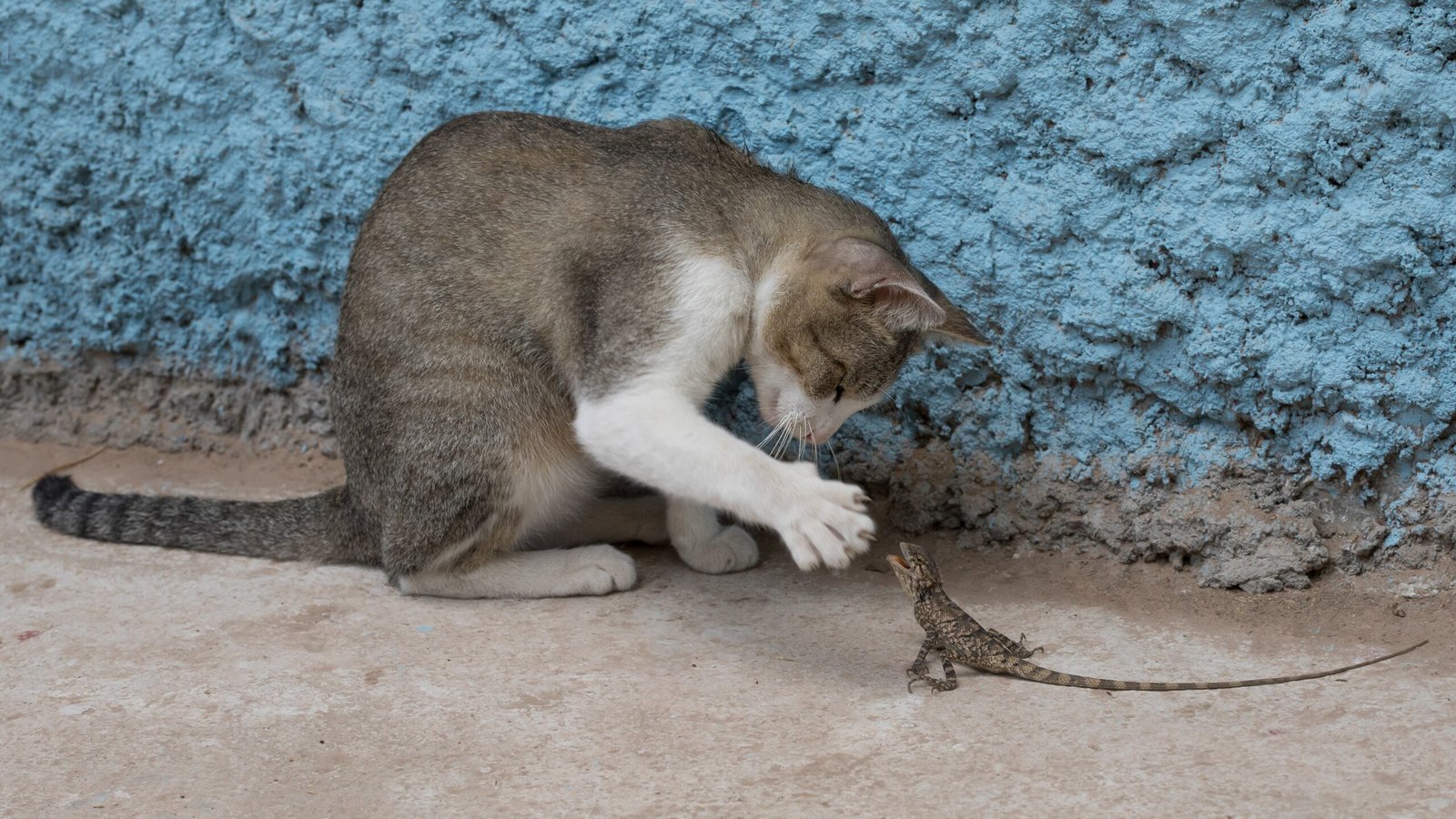
Trauma bonds have a profound impact on a cat’s emotional and physical health. Cats that form these bonds often exhibit reduced stress levels, increased confidence, and improved social behavior. The sense of security provided by a trauma bond allows cats to explore their environment and engage in play without fear. Additionally, the emotional support from their owner can lead to better overall health and a longer, happier life.
The Emotional Benefits for Owners
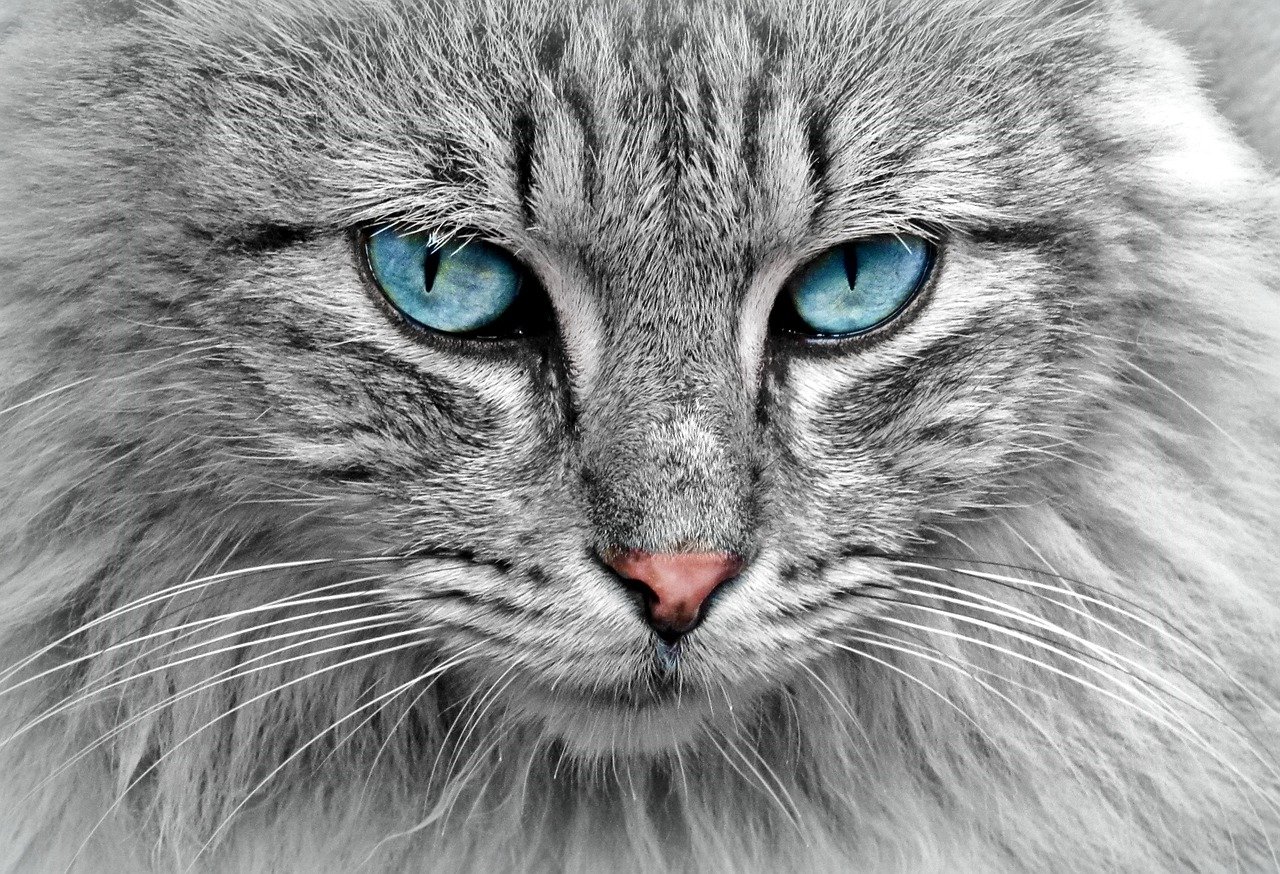
The formation of a trauma bond is not only beneficial for cats but also deeply rewarding for their owners. Caring for a traumatized cat can be a transformative experience, fostering empathy, patience, and compassion. The bond that develops is unique and fulfilling, offering a sense of purpose and connection. For many cat owners, the love and trust of a once-traumatized feline companion become a cherished and irreplaceable part of their lives.
Creating a Safe Space for Healing
Providing a safe space for a traumatized cat is essential in facilitating healing and bonding. This space should be quiet, comfortable, and free from stressors. Offering cozy bedding, hiding spots, and familiar scents can help the cat feel secure. By creating an environment that supports healing, owners can encourage their cats to open up and form a lasting trauma bond.
The Role of Patience in Bonding
Patience is a virtue when it comes to forming trauma bonds with cats. Each cat is unique, and their journey to trust and attachment may vary. Some cats may take weeks or even months to fully open up to their owners. It’s important to remain patient and understanding, allowing the cat to progress at their own pace. The slow and steady development of a trauma bond is a testament to the resilience of both the cat and their owner.
Recognizing When Professional Help is Needed
In some cases, a cat’s trauma may be severe enough to require professional intervention. If a cat exhibits extreme fear, aggression, or anxiety, consulting a veterinarian or animal behaviorist may be necessary. These professionals can provide guidance and support, helping the cat overcome their trauma and form healthy bonds. Seeking help is a proactive step in ensuring the well-being of both the cat and their owner.
Celebrating the Journey of Bonding
The journey of forming a trauma bond with a cat is one of resilience, love, and mutual growth. Each small step forward is a victory to be celebrated. Whether it’s a timid cat finally trusting their owner enough to sit on their lap or a once-anxious feline purring contentedly, these moments are precious milestones. Celebrating these achievements reinforces the bond and strengthens the connection between cat and owner.
The Enduring Nature of Trauma Bonds
Once formed, trauma bonds between cats and their owners can be incredibly enduring. These bonds are built on trust, love, and shared experiences, creating a deep and lasting connection. Even in the face of challenges, the strength of a trauma bond can provide comfort and stability. For both cats and their owners, this bond is a source of joy and fulfillment, a testament to the power of love and healing.
In conclusion, the possibility of cats forming trauma bonds with their owners is not only heartwarming but also a testament to the resilience and emotional depth of these remarkable creatures. The journey of healing and bonding is filled with challenges and rewards, offering a profound connection that enriches the lives of both cats and their human companions.
Hi, I’m Bola, a passionate writer and creative strategist with a knack for crafting compelling content that educates, inspires, and connects. Over the years, I’ve honed my skills across various writing fields, including content creation, copywriting, online course development, and video scriptwriting.
When I’m not at my desk, you’ll find me exploring new ideas, reading books, or brainstorming creative ways to solve challenges. I believe that words have the power to transform, and I’m here to help you leverage that power for success.
Thanks for stopping by, Keep coming to this website to checkout new articles form me. You’d always love it!






